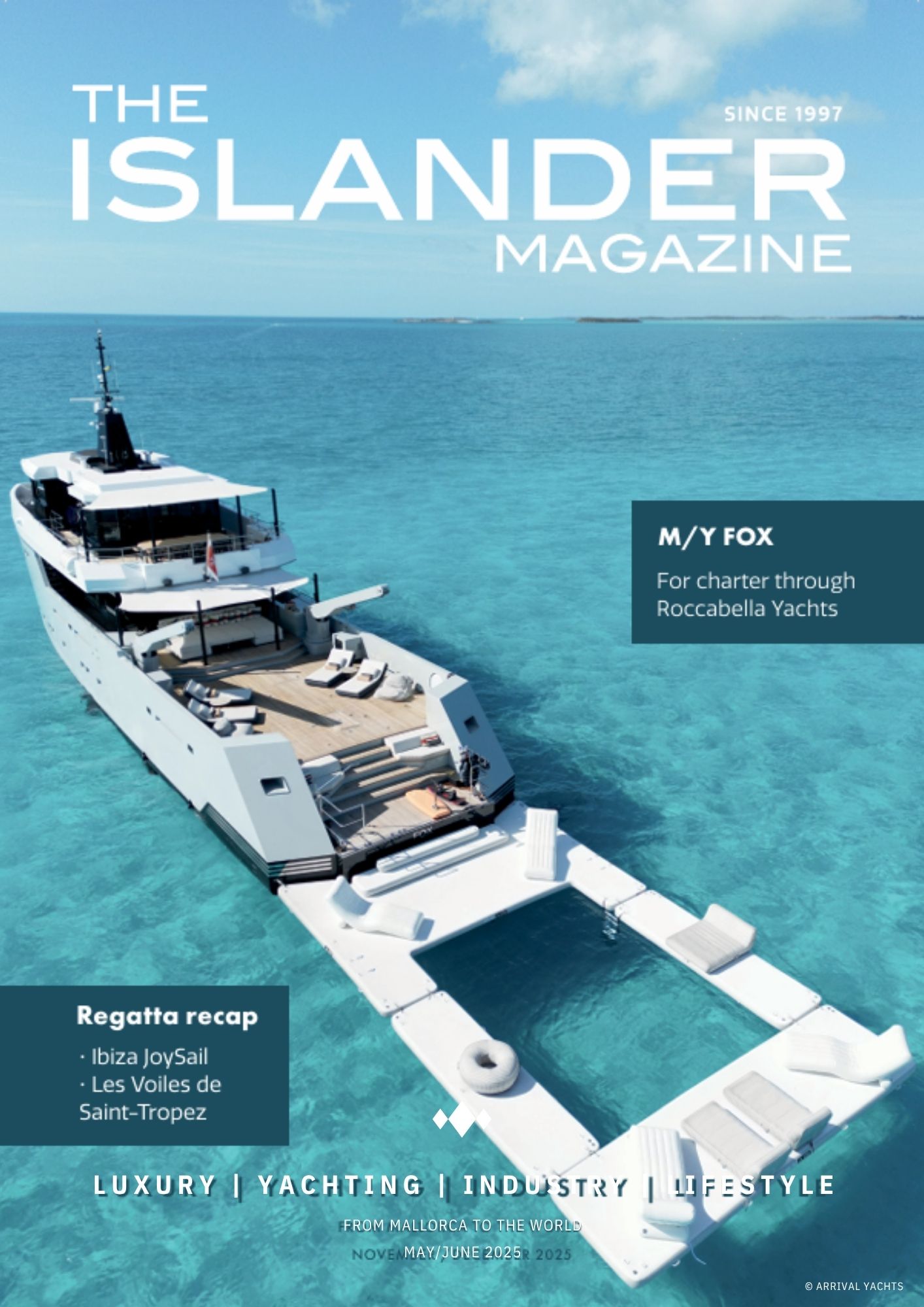Safety drills such as a man overboard, dealing with a fire or grounding/collisions are drills which are almost religiously practiced onboard on a regular basis with good reason. First Aid drills are just as important but often not practiced as regularly as standard drills. An essential part of safety training is regular practice of First Aid scenarios which should be included in a safety exercise day. Particularly relevant as the new season gets underway when new yachts are launched and new crew arrive on existing vessels which can change the dynamic onboard. A Captain can observe and assess crew interaction and leadership skills during a drill scenario which can help determine delegation of roles based on different levels of experience. If nothing else, drills provide a unique team-building exercise.
Familiarization with use of onboard equipment and how items can be utilized effectively are key objectives. Each vessel is different and what works well on one vessel may not work on another.
Recommended First Aid Drills Checklist – Pre-season Refresher
Trauma injuries
Splinting and Stretcher use around the vessel
Equipment: Neck collar, Pelvic sling, traction splint, inflatable or vacuum splints, stretchers
What to practice: Having crew practice with different splinting systems and maneuvering an injured person from within the vessel to getting them off the vessel. Specific challenges can be faced when dealing with narrow corridors and stairwells where, for example, a stretcher may not be practically used. Having crew experiencing being the victim and the first aider provides specific insight into the dynamics of dealing with tricky injuries. For instance, some stretchers are completely impractical and simply not possible to use inside a vessel, so some improvisation is required. Specialized equipment such as a pelvic sling to support a pelvic injury or a traction splint for a broken leg are standard gear in commercial MCA medical kits. A splinted broken leg injury being transported in a stretcher internally in a vessel is an excellent drill scenario worthy of regular practice. If no stretcher exists onboard investigate what other improvisation techniques and gear on the vessel can be used. Taking a door off its hinges for example is far from ideal especially if no supporting rigid neck brace and straps are not available or pre-prepared. What kind of alternative jury-rig would work?

Confined Space Extrication
Equipment: Extrication Stretcher – This is a smaller type compact stretcher that provides back support for a potential spinal and or neck injury. Its compact nature permits confined space extrication and movement within tight corridors and stairwells. Applicable for sailing yachts especially but motoryachts too where confined spaces in engine rooms, bilges and windlass/anchor storage areas present specific challenges.
What to practice: Where a rigid stretcher cannot be used this equipment can work as an excellent alternative. Try a similar drill for internal transport with this gear if a standard stretcher cannot be utilized.
Watersport injuries & In-water recovery
Equipment: In water floating stretcher with straps & head brace, Jasons cradle, helicopter sling
What to practice: Key to in-water rescue is removal from the water as soon as possible. This can be complicated if there is a back or neck injury. Jetskis and certain new watersport ‘toys’ require an increased level of awareness and with increased risk of injuries. The modern superyacht now has extensive beach/laz extensions to support a myriad of watersport activities and deck crew need to have at a minimum good lifeguarding and watersport management skills. Practice getting a neck or back injured person onto a floating stretcher is the first step. Much harder is then getting the stretcher into a tender or onto the laz of a yacht with a high freeboard. A Jason’s cradle is brand of water extraction equipment and can greatly assist helping to get someone into a tender. Without one its very challenging to get someone onboard.
Alternative options in the absence of a stretcher could be surf or paddle boards. For a non-back or neck injured person but a potential drowning victim or unconscious person, a simple helicopter sling attached to a halyard or deck crane to winch someone onboard should be standard kit on all yachts. It’s the simplest and fastest way to remove someone for the water.
Major wounds, amputation
Equipment: Trauma tourniquet, wound dressings, blood clot dressings & celox, suture kits
What to practice: For sailing yachts with racing and regatta activity, crew are prone to winch and high load strain injuries, falling from a mast or boom, being knocked out, ahead gash and going overboard to name but a few. Fingers or hands can get caught in winches and amputations can occur, so use and understanding of a trauma tourniquet is vital. Practice using dressings and bandages to stem blood flow and dressing a wound. For severe wounds use of blood clot and hemostatic agents such as celox powder/dressings can effectively assist in managing wounds and understating suture techniques.
CPR review and overview of defibrillator and oxygen use & protocols
Equipment: Defibrillator, O2 kits, Resus Annie
What to practice: CPR, ABC’s and o2 administration protocols. Having a resus annie and training defibrillator or pads to be practiced ready for a heart attack or cardiac arrest situation cannot be underestimated
Bottom line, the key is practice, practice, practice
Every vessel is different, sailyacht vs motoryacht with account taking into the program and activities.
An onboard training day with a marine medical professional is highly recommended once a year where Risk Assessments can be reviewed and Action Plans can be set in place.
Be well practiced, review the familiarity with safety equipment with new crew and be prepared.
Nick Stael von Holstein
Medical Support OffShore (MSOS)
By Nick Stael Von Holstein
















0 Comments